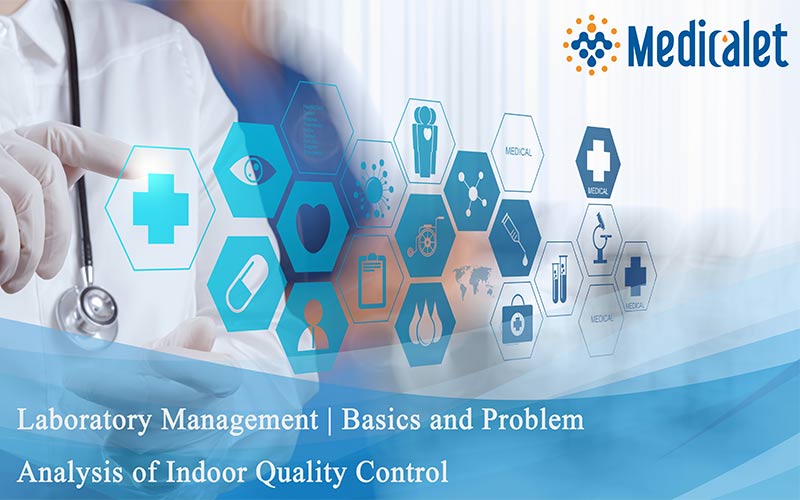
With the development of test technology, medical test results have increasingly become an important auxiliary means for clinical diagnosis, treatment plan selection and efficacy judgment. A scientific and accurate test result can not only provide clinicians with key information for diagnosis and treatment, but also provide a reliable reference for disease prevention. Therefore, how to ensure the accuracy and reliability of test results is the most important responsibility of every medical laboratory and its test personnel. As far as the requirements of comprehensively standardizing laboratory management are concerned, the laboratory must establish a practical and effective quality management system to ensure the reliability of inspection quality. Indoor quality control is the most basic and important quality assurance method in the quality management system, and it is a powerful evidence to ensure accurate and reliable patient results.
It is true that many laboratories are currently faced with the following situations: large sample volume, many sample types, wide testing items, high TAT requirements, and busy routine work. How to do a good job in quality assurance in the heavy and complicated daily inspection work is the direction that every inspector has been working hard for. So what are the misunderstandings in indoor quality control, which is one of the important links of inspection quality assurance, let us discuss it together.
Question 1:
Indoor quality control is a very simple matter. You only need to take out one (or subpackaged) quality control product for simple testing on the instrument, and you can control the quality of laboratory testing. As long as the test results are in quality Is it possible to conduct routine tests and issue patient reports within the scope of control?
In fact, this view is only accepted if and only if quality control procedures in accordance with laboratory SOPs are implemented, and routine operations for each test control are properly performed.That is to say, when your indoor quality control is in control, it does not mean that there is nothing abnormal in your detection system.In-house quality control that never gets out of hand is not what we want, although it can save a lot of records. According to statistical principles, for every 1000 quality control tests, 45 times exceed 2 SD, and 3 times exceed 3 SD. This indicates that the SD setting may be too large or artificially masked.
Question 2:
If the laboratory encounters a situation where the internal quality control is out of control, it only needs to re-test the quality control material, or open the new quality control material or reagent, or recalibrate it?
If the indoor quality control is out of control and then regained control, everything will be fine. Even some laboratories respond to the out-of-control by "re-test! Re-test! Until a result under control is obtained". As for whether the cause of the real out-of-control was found and ruled out before, it did not attract corresponding attention.The SOP document for indoor quality control should include the content of how to reconstitute, operate, store and stabilize, and include training.It is accustomed to attribute the loss of control to the quality control itself, subconsciously, usually by avoiding the trouble and time delay in discovering and eliminating the real cause of the loss of control. Exceeds the cost of retesting the controls.
Question 3:
As long as the quality control data in the laboratory drifts or is out of control in a large area, the quality control results can be controlled by modifying the target value.
When the target value of the internal quality control of a project in the laboratory is no longer suitable, the target value is allowed and should be replaced.
However, it is not advisable to frequently lose control or even need to frequently replace the target value of the quality control product of the same batch number.The laboratory that usually does this is because if the same target value is used, the quality control chart before and after will be out of control. In order to make the quality control result "look more correct", the target value has to be changed frequently.Changes should be made in accordance with the laboratory's procedural documentation after a reasonable assessment only when there is conclusive evidence that the current target values are no longer suitable for the current project according to the quality control procedures and will have adverse effects.
